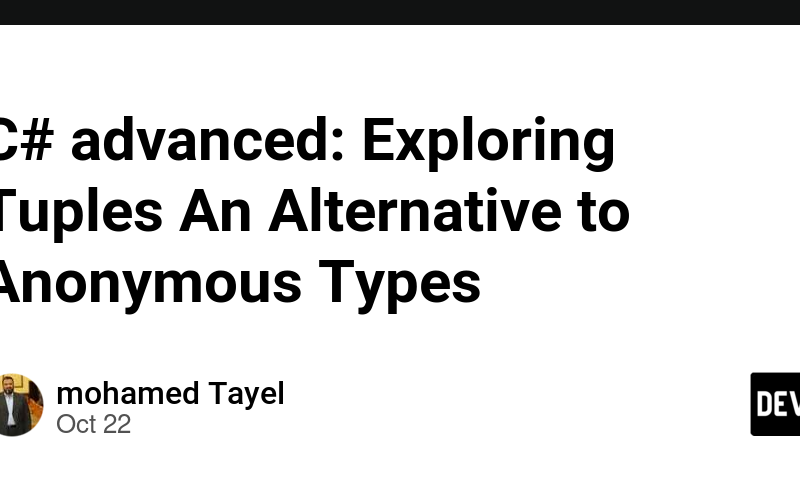28
Oct
In this post, we explore Abstract Classes, an essential part of abstraction in Java. We'll build on concepts discussed earlier and examine how abstraction simplifies complex systems. Abstract classes serve as a blueprint for other classes, allowing us to focus only on relevant details while hiding unnecessary complexity. Let’s dive deeper into what abstract classes are, why they exist, and how they are used. What is an Abstract Class? An abstract class is a class that cannot be instantiated on its own. It’s designed to be extended by subclasses that provide concrete implementations for its abstract methods. In other words,…










